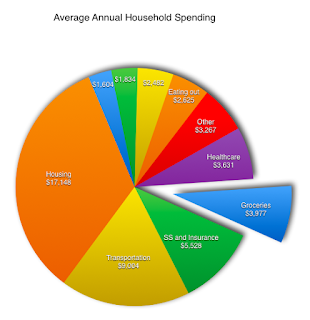Suicide Prevention and Depression Management
We recognize that this is a sensitive subject for many people, and some may question how this relates to physical wellness. According to the Rhode Island Psychological Association good mental health contributes to healthy relationships, helps us make better choices, improves our physical health, and has many other positive benefits.
In fact, "Many research studies have shown that when people receive appropriate mental health care, their use of medical services declines. For example, one study of people with anxiety disorders showed that after psychological treatment, the number of medical visits decreased by 90%, laboratory costs decreased by 50%, and overall treatment costs dropped by 35%."
According to Utah's Public Health Indicator Based Information System (IBIS), Utah has one of the highest suicide rates in the country, but that is only part of the problem. "In 2012, 13 Utahns were treated for self-inflicted [non-fatal] injuries every day."
What can we do?
Recognize the Signs - www.mentalhealth.gov has some great information about "early warning signs" to look for in yourself, or in someone in your care.
Acknowledge There is a Problem - One of the hardest things to do is to acknowledge that there is a problem. It takes a great deal of courage. There is a great book available at the library called Rising Strong by Brené Brown that gives some great advice for harnessing that courage to rise again.
Get Help - There are many resources available. Locally, McKay-Dee Behavioral Health Institute has many qualified doctors and social workers who can be of assistance. The insurance that is available through the county provides us with valuable mental health benefits in addition to the medical benefits we receive. Many religious organizations also have counseling options available for their members.
Upcoming Events
October 6, 7 p.m.
Pleasant Valley Branch Library, 5568 S. Adams Ave., Washington Terrace, Utah 84405
Mental Wellness Series Part 2 - Healthy Lifestyles
Making simple changes in diet, exercise, and stress management can be the key to
a long and happy life. Create an action plan to improve the rest of your life!
October 21, 10 a.m. - 2 p.m.
Weber Center, Room 312
Health Fair
Visit with representatives from gyms in Weber County. Discounts available to Weber County Employees. Check your blood pressure, BMI, blood sugar and cholesterol. Schedule a FREE 15 minute massage, courtesy of Ogden Chiropractic. Call Chris Ward (801-399-8709) to reserve your spot!
October 22, 6:30 p.m.
Pleasant Valley Branch Library, 5568 S. Adams Ave., Washington Terrace, Utah 84405
Veterans in Crisis
According to the U.S. Department of Veterans Affairs, one veteran dies by their
own hand every 80 minutes. Join together as a community to view a special
screening of the HBO documentary, Crisis Hotline: Veterans Press 1, followed by
a panel discussion of military mental health experts. Learn to recognize the
warning signs of suicidal behavior and how to get help!
October 27, 12 p.m.
Weber Center, Room 312
Eat, Earn & Learn
Learn about Mental Health and Wellness from Melissa Stenquist with the Weber-Morgan Health Department.

























